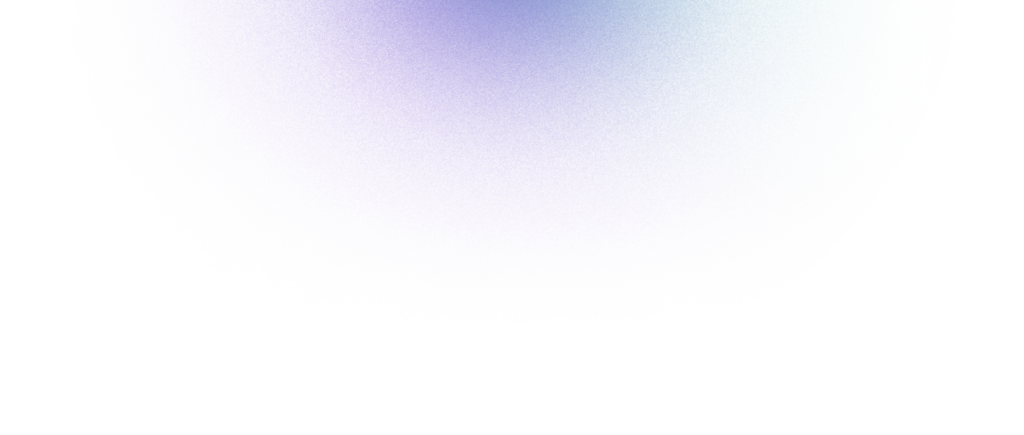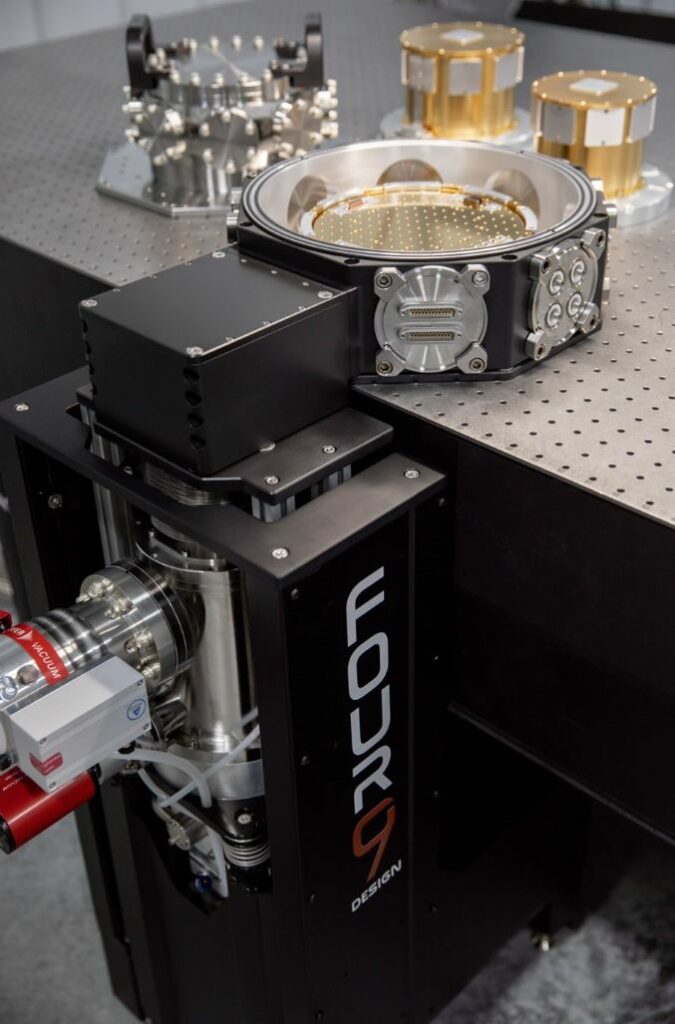

Most of the time, users simply specify the desired vacuum pressure to select their cryostat.
Is this enough to be sure of having ideal experimental conditions?
No, and we’d like to suggest a few elements that will make it possible to be more demanding.
Some cryostats create their vacuum (1.10-3 mbar) by using a roughing pump to reduce atmospheric pressure by a few orders of magnitude, then rely on cryo-pumping,
𝗖𝗿𝘆𝗼-𝗽𝘂𝗺𝗽𝗶𝗻𝗴 doesn’t remove any material from the cryostat, but solidifies it in the coldest areas, i.e. your sample!
Don’t even think about putting a cryogenic lens in your sample compartment.
𝗔𝗻𝗱 𝘁𝗵𝗶𝘀 𝗶𝘀 𝗷𝘂𝘀𝘁 𝘁𝗵𝗲 𝗳𝗶𝗿𝘀𝘁 𝘄𝗮𝘃𝗲 🌊 , then comes the continued contamination while cold.
There are two major sources of contamination here – leaks at the seals and outgassing from internal materials. The effect is cumulative with the duration of the experiment.
This is not a problem if you are chilling bananas, but for optical cavities, among others, foreign materials can affect resonant frequencies or introduce unwanted effects like surface scattering.
Four9 Design has realized that it is no longer possible to operate in this way for long and sensitive quantum experiments, and their cryogenic systems are raising the quality standards of systems offered to scientists.
Here are the points to consider when assessing the manufacturer’s approach to contamination of the sample area:
👉𝘁𝗵𝗲 “𝗯𝘂𝗹𝗸” 𝗼𝗿 𝗼𝗿𝗶𝗴𝗶𝗻𝗮𝗹 𝗴𝗮𝘀
To improve the vacuum level, Four9 design supply a secondary higher performance turbo-molecular pump, used to reduce the molecular count even further.
👉𝗖𝗼𝗻𝘁𝗶𝗻𝘂𝗲 𝗰𝗼𝗻𝘁𝗮𝗺𝗶𝗻𝗮𝘁𝗶𝗼𝗻 𝘄𝗵𝗶𝗹𝗲 𝗰𝗼𝗹𝗱
Four9 design has a unique “chamber within a chamber” design, that puts two seal layers between your sample and the outside world. Between these seals is a manifold chamber that buffers material flow through the system.
👉𝗜𝗻𝘁𝗲𝗿𝗻𝗮𝗹 𝗼𝘂𝘁𝗴𝗮𝘀𝘀𝗶𝗻𝗴
Four9 supply Integrated Bakeout hardware to remove all contaminants from cryostat surfaces.
Excellence in craftsmanship: because of tight tolerances, no O-Ring grease, no epoxy and varnishes is required or ever used.
This makes Four9 capable of providing a 250mm diameter sample space, with an ultra-clean 𝘃𝗮𝗰𝘂𝘂𝗺 𝗯𝗲𝗹𝗼𝘄 𝟭.𝟭𝟬-𝟭𝟭 𝗧𝗼𝗿𝗿 𝗺𝗮𝗶𝗻𝘁𝗮𝗶𝗻𝗲𝗱 𝗼𝘃𝗲𝗿 𝘄𝗲𝗲𝗸𝘀 𝗼𝗳 𝗲𝘅𝗽𝗲𝗿𝗶𝗺𝗲𝗻𝘁𝗮𝘁𝗶𝗼𝗻, without keeping the turbo pump active.
In conclusion, don’t be fooled by appearances. Two table-top cryostats may look very similar to the observer, but from the sample’s point of view, things can be extremely different.



